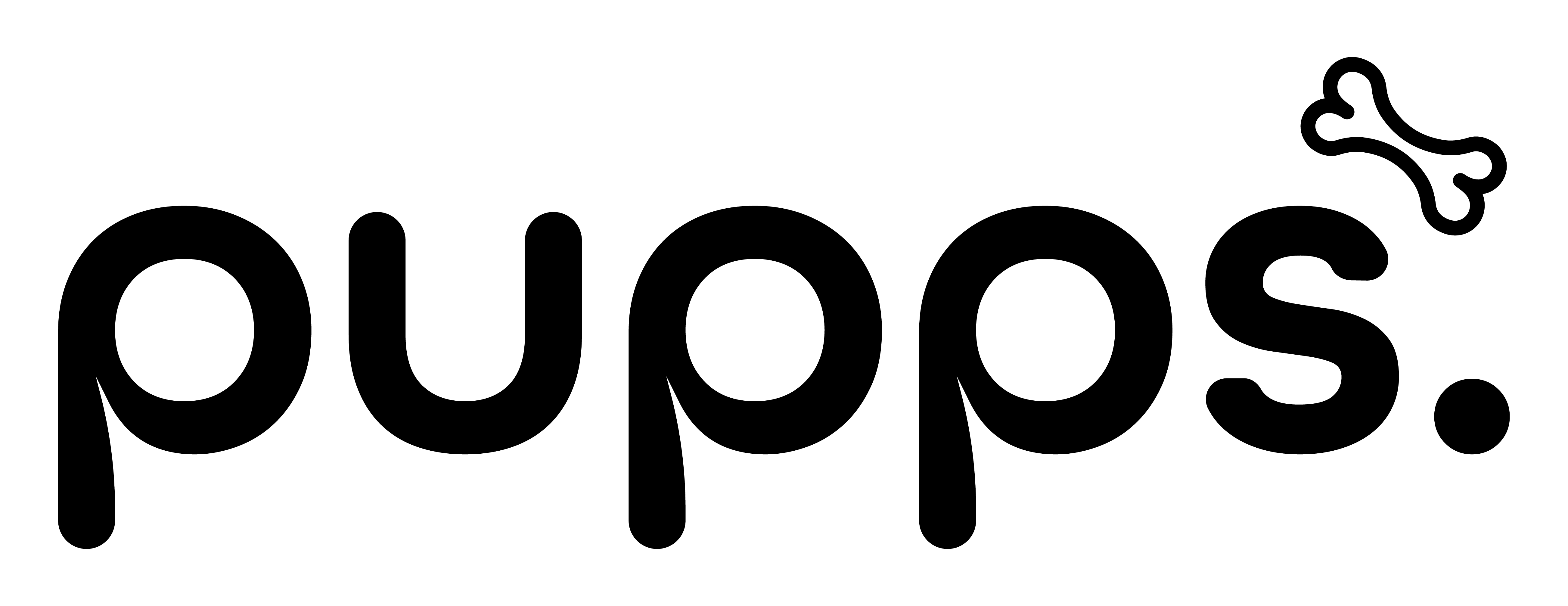Bringing a new puppy home can be an exciting time, but it also comes with many responsibilities, including choosing the right food for your new furry friend. Puppies have unique dietary needs and require a specific balance of nutrients to ensure their growth and development are on track. This blog will provide a comprehensive guide to feeding your new puppy, including what to feed them, how much to feed them, puppy feeding charts, puppy feeding by breed, how often to feed them, and whether there is a difference between puppy and adult dog food.
What to feed a new puppy?
When choosing what to feed your new puppy, it's essential to choose a high-quality puppy food that is specifically formulated to meet the needs of growing dogs. Look for puppy food that includes high-quality protein, fat, carbohydrates, and essential vitamins and minerals. Many pet food brands offer puppy-specific food options that are tailored to your pup's needs.
How much to feed a puppy?
Puppies have different caloric and nutritional requirements than adult dogs. The amount of food your puppy needs will depend on their age, weight, and activity level. A general guideline is to feed your puppy three to four small meals a day until they are six months old, after which you can reduce it to two meals a day. Always refer to the feeding instructions on your puppy's food bag as a starting point and adjust based on your puppy's individual needs.
Puppy feeding charts by dog weight and age
Many pet food brands provide feeding charts that are tailored to a puppy's weight and age. These charts provide an estimate of the number of calories and the amount of food your puppy needs to consume each day. Feeding charts are a useful tool in helping you determine how much to feed your puppy, but remember that every puppy is different, and their individual needs may vary.
Puppy feeding by breed
Different dog breeds have different nutritional needs, so it's essential to consider your puppy's breed when choosing their food. Large breed puppies, for example, require food that is lower in calories and calcium to help prevent bone and joint issues. Toy breed puppies, on the other hand, require food that is higher in calories to keep up with their fast metabolism. Always research the specific nutritional needs of your puppy's breed to ensure you are providing them with the proper diet.
How often to feed a puppy?
When it comes to how often to feed your puppy, smaller meals throughout the day are better than one or two large meals. Puppies have small stomachs and require frequent meals to maintain their energy levels and blood sugar. Providing three to four small meals a day is a good starting point until your puppy reaches six months old, at which point you can switch to two meals a day.
Is there a difference between puppy and adult dog food?
Yes, there is a significant difference between puppy and adult dog food. Puppies require more calories, protein, and nutrients than adult dogs to support their rapid growth and development. Puppy food is specially formulated to meet these needs and should be fed until your puppy is at least one year old. After that, you can gradually transition them to adult dog food.
In conclusion, feeding your new puppy the right food is crucial for their growth and development. Choosing high-quality puppy food, feeding the appropriate amount, and providing smaller meals throughout the day are key factors to ensure your puppy is getting the nutrients they need. Puppy feeding charts and breed-specific diets can also be helpful tools in determining your puppy's individual needs. Remember to always consult with your veterinarian if you have any concerns about your puppy's diet. Check out some of PUPPS's high-quality treats that you can feed your puppy alongside their food to aid their growth and health.




Leave a comment
This site is protected by hCaptcha and the hCaptcha Privacy Policy and Terms of Service apply.